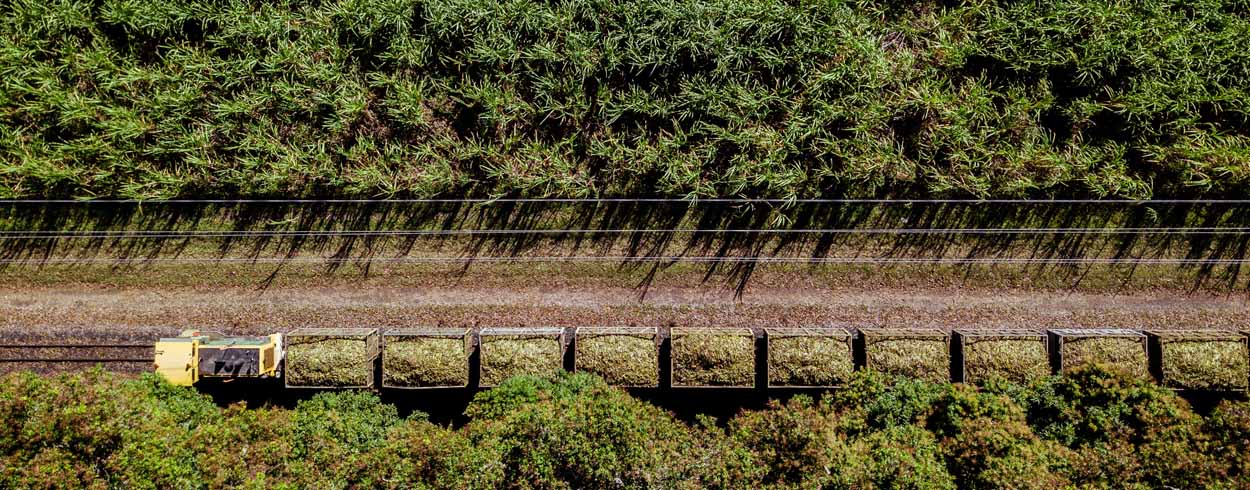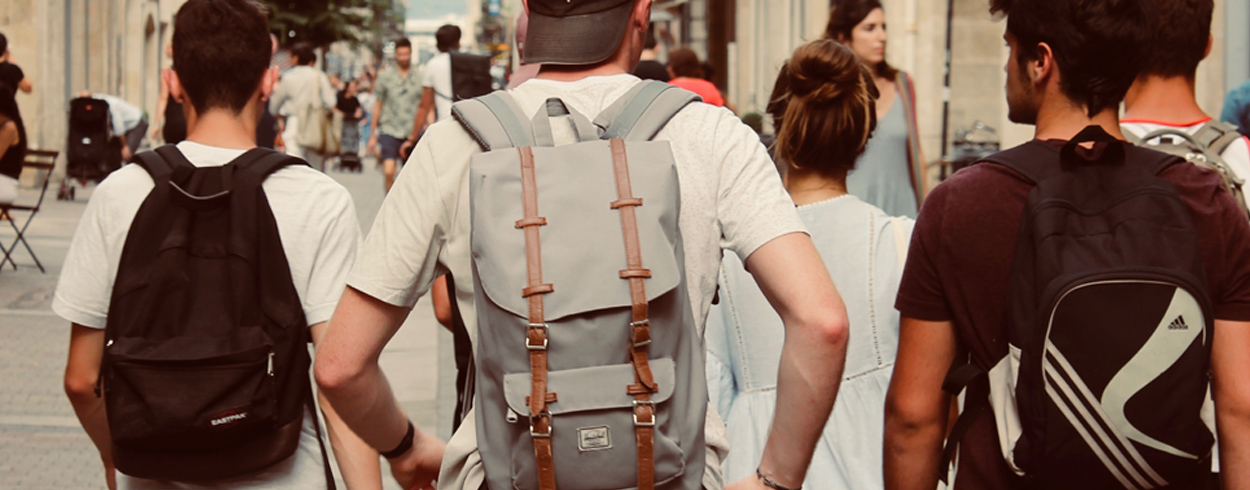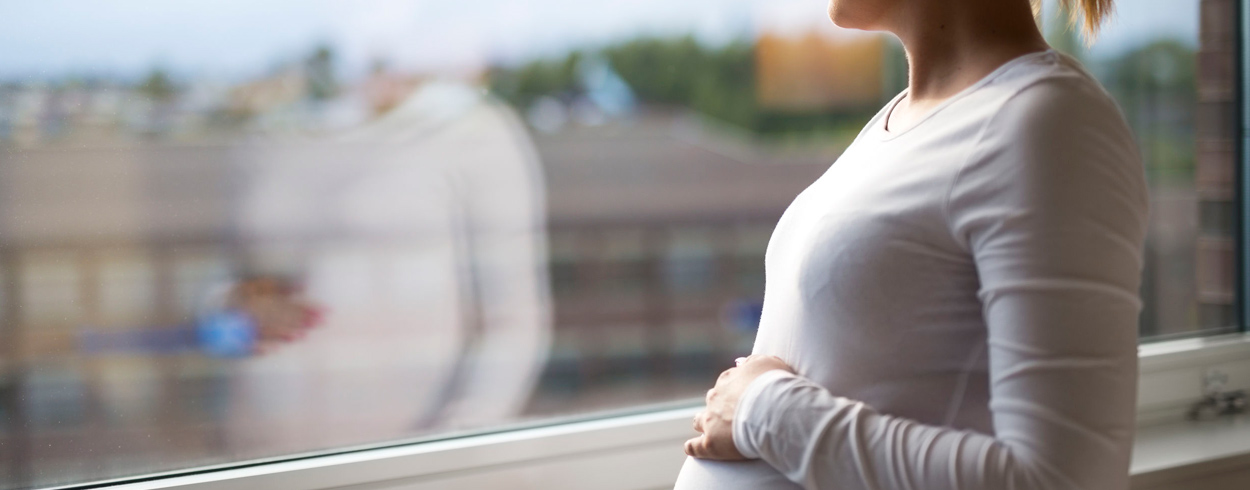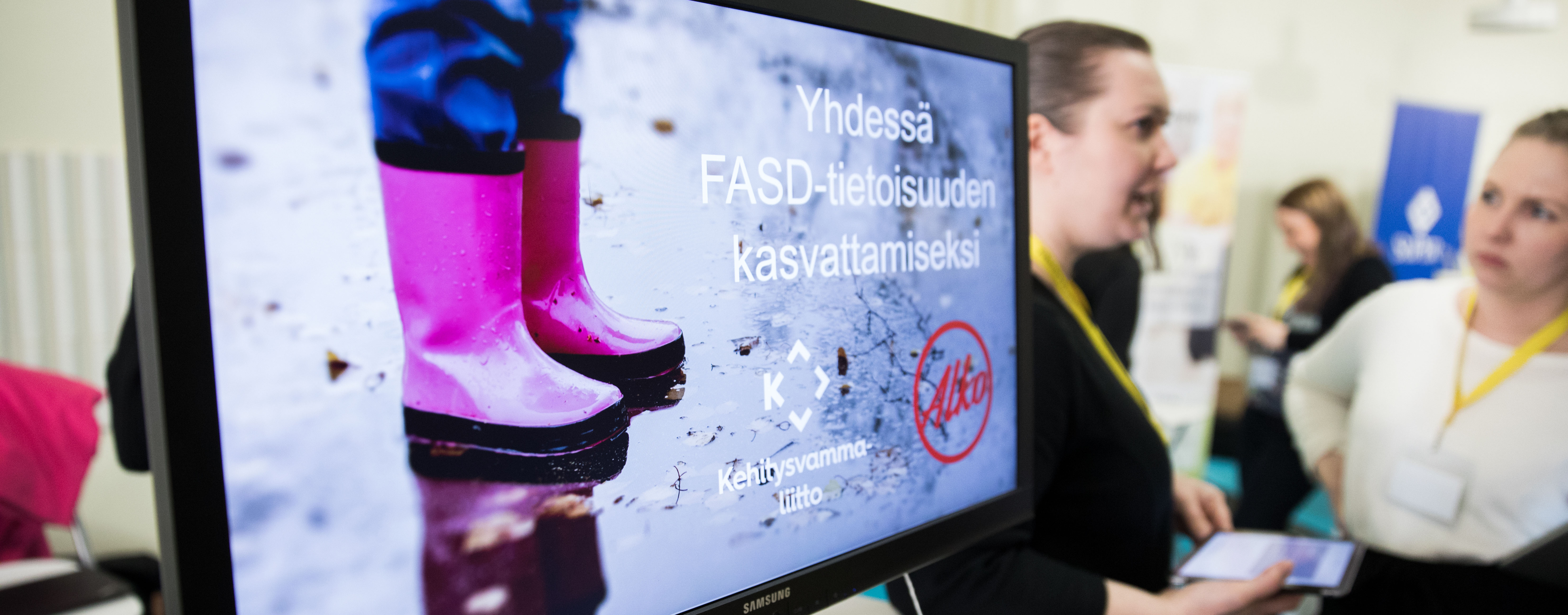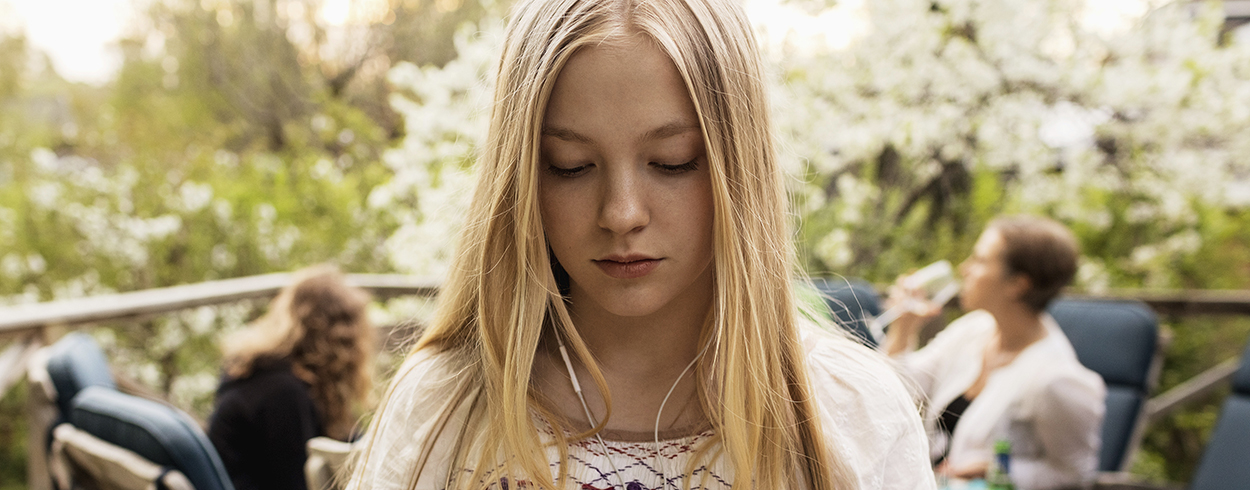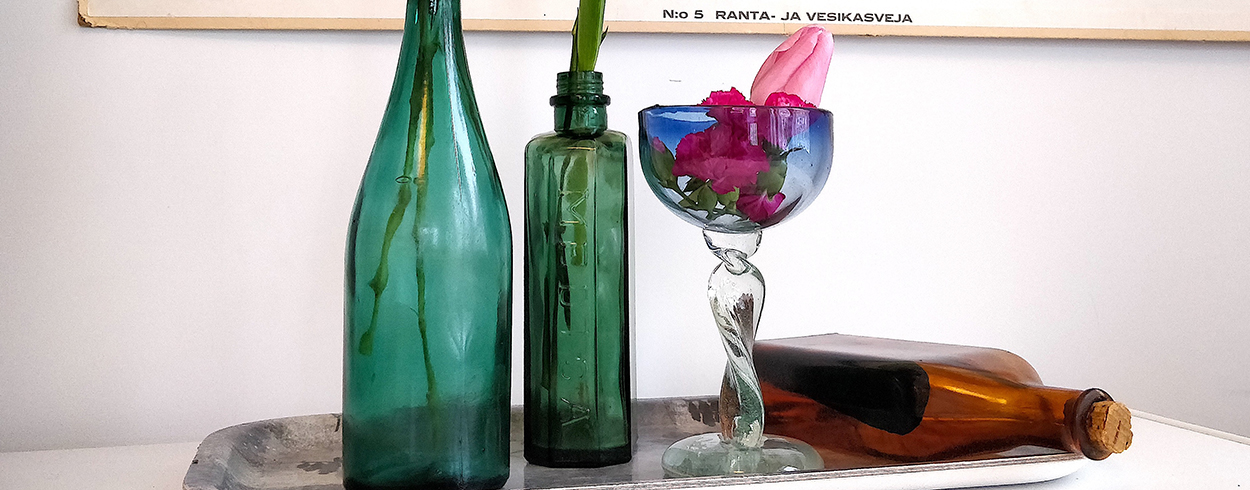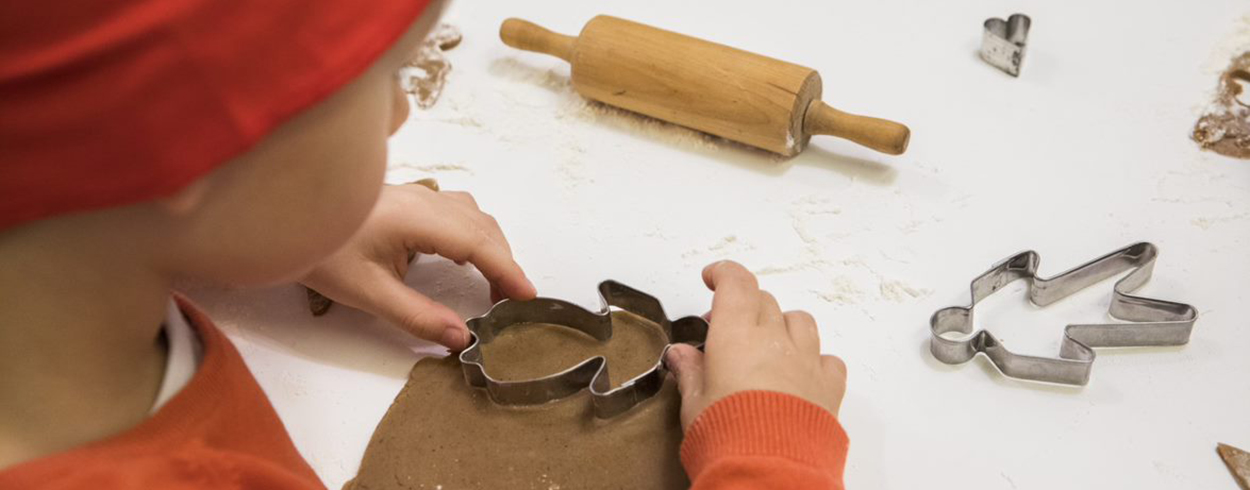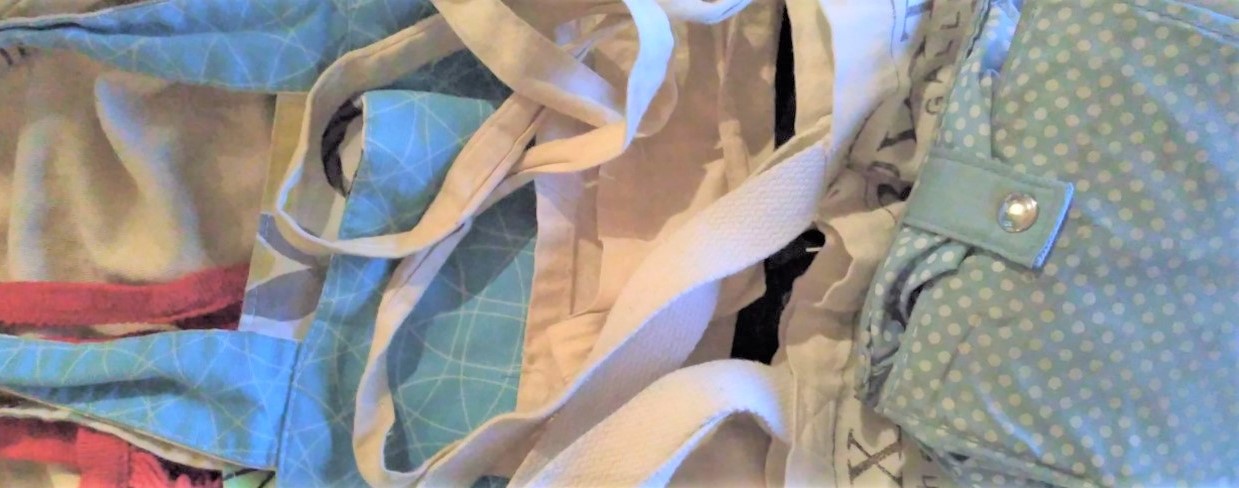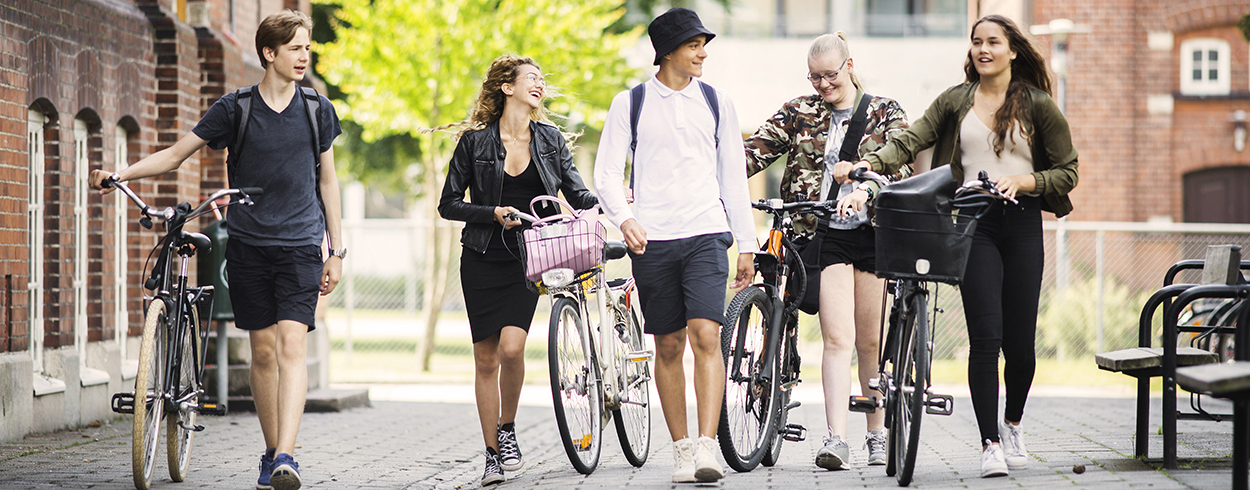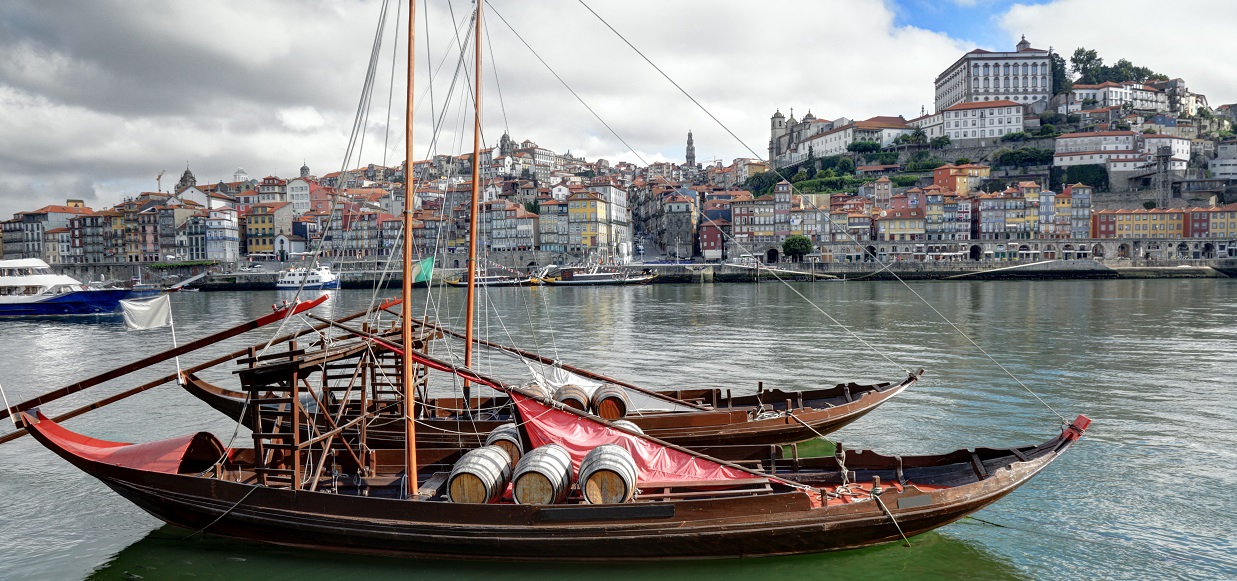
#nofilter: Products from all corners of the globe – and emissions from logistics
Sea freight is environmentally the least burdening, especially if a light-weight or PET bottle is used as the packaging. The majority of drinks from outside of Europe are imported on board container ships, in freight containers. Method of transport can also change along the way, even multiple times. Within Europe drinks travel mostly in trucks, some also by rail. Air freight due to its high cost is used mostly for transporting small special batches. Sea freight is cost-effective but environmentally not completely harmless as the sulphur dioxide and nitric oxide emissions damage air quality.
Transportation emissions can be reduced by changing how wines are packaged and freighted. Sea freight in large 25 000 litre flexitanks – those are like gigantic wine bags – and bottling/packaging only after arrival cause the smallest emissions. One freight container can hold about 12,000 wine bottles whereas a flexi-tank has room for liquid to fill about 32,000 wine bottles. A light-weight glass bottle weighs about 300-400 grams which is 20-30% less than a standard wine bottle. PET wine bottles are the lightest of them all, only weighing about 50 grams. And let’s not forget bag-in-boxes: a full pallet of them weighs less than a third compared to same amount of wine packaged in glass bottles. The bigger the package size, the smaller the CO2 emissions per liter.
The most un-ecological end result is that the product gets spoiled during the transport. Vibration, temperature changes or risk of freezing luckily only rarely cause bigger problems because the containers are compactly loaded and while onboard they are under the deck protected from sun and freeze. On road transport they too use temperature-regulated methods.
Glass bottling as the wine package bears hundreds of years of tradition and many aesthetic and quality perceptions. What kind of a packaging innovation could replace the old favorite? Join the discussion via our Twitter channel @Alko_Sustain with hashtags #nofilter #Alkochallenge #transparency.

